The galvanizing line is an important part of the pipe galvanizing process and ensures that the pipes are coated with a protective layer of zinc to prevent corrosion and extend their service life. Pipe galvanizing plants are equipped with galvanizing production lines specifically designed to handle pipe galvanizing, providing a seamless and efficient process for pipe galvanizing.
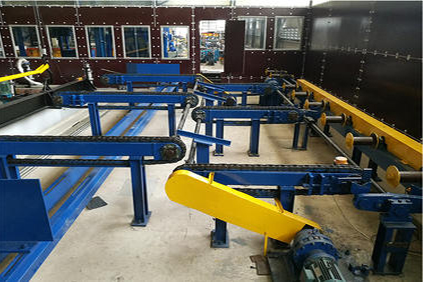
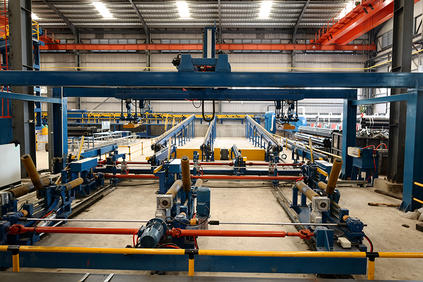
A common question about galvanized pipes is whether they can be lined. The answer to this question depends on the specific requirements and application of the pipe. In some cases, galvanized pipe lining may be required to provide additional protection or to meet certain industry standards. Let’s explore the process of lining galvanized pipes and the factors to consider when making this decision.
Galvanized pipe is commonly used in a wide range of applications including water distribution, piping and structural support. The galvanizing process involves immersing the pipe in a bath of molten zinc, creating a metallurgical bond between the zinc coating and the steel substrate. The coating acts as a barrier, protecting the steel from corrosion caused by exposure to moisture, chemicals and other environmental factors.
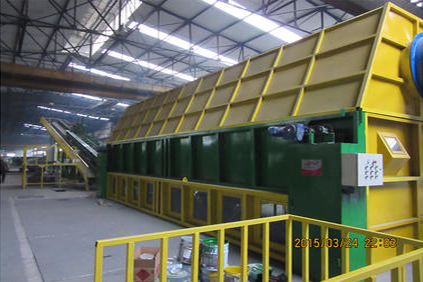
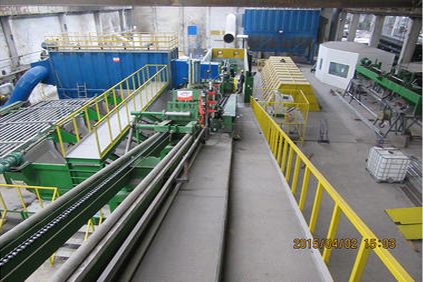
In some cases, it may be necessary to line galvanized pipe with a different material to provide additional protection or to meet specific requirements. For example, in applications where pipes are exposed to highly corrosive substances, such as certain chemicals or acids, galvanized pipes may need to be lined with chemical-resistant materials to prevent corrosion and ensure the integrity of the piping system.
The process of galvanizing pipe lining involves applying a secondary coating or lining material to the inside surface of the pipe. This can be achieved through a variety of methods, including spraying, extrusion or the application of preformed liners. The choice of lining material depends on the specific requirements of the application and factors such as temperature, pressure and the nature of the substances being transported through the pipeline.
When considering whether to line galvanized pipe, it is important to evaluate the potential advantages and disadvantages of the lining process. Lining galvanized pipes can provide additional protection against corrosion, extending the life of the pipe and ensuring compliance with industry standards and regulations. However, the compatibility of the lining material with the galvanized coating must be carefully evaluated to prevent any adverse reactions that could compromise the integrity of the pipe.
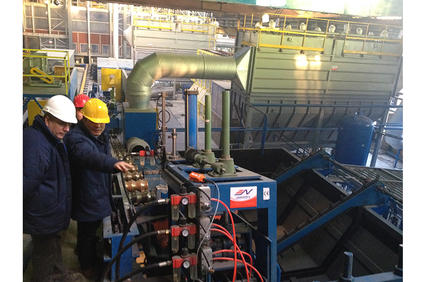
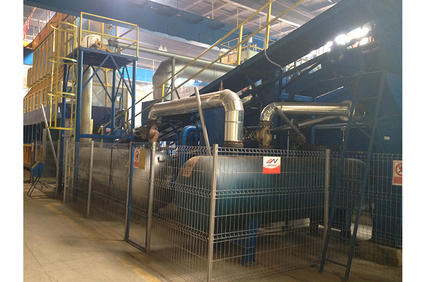
In summary, while galvanized pipe is inherently corrosion-resistant due to its zinc coating, there may be situations where galvanized pipe needs to be lined to provide additional protection or to meet specific requirements. The process of lining galvanized pipe involves applying a secondary coating or lining material to the inside surface of the pipe, and careful consideration of the compatibility and effectiveness of the lining material is critical. Ultimately, the decision to lay galvanized pipe should be based on a thorough evaluation of the application requirements and the potential benefits of additional protection.
Post time: Jul-31-2024
